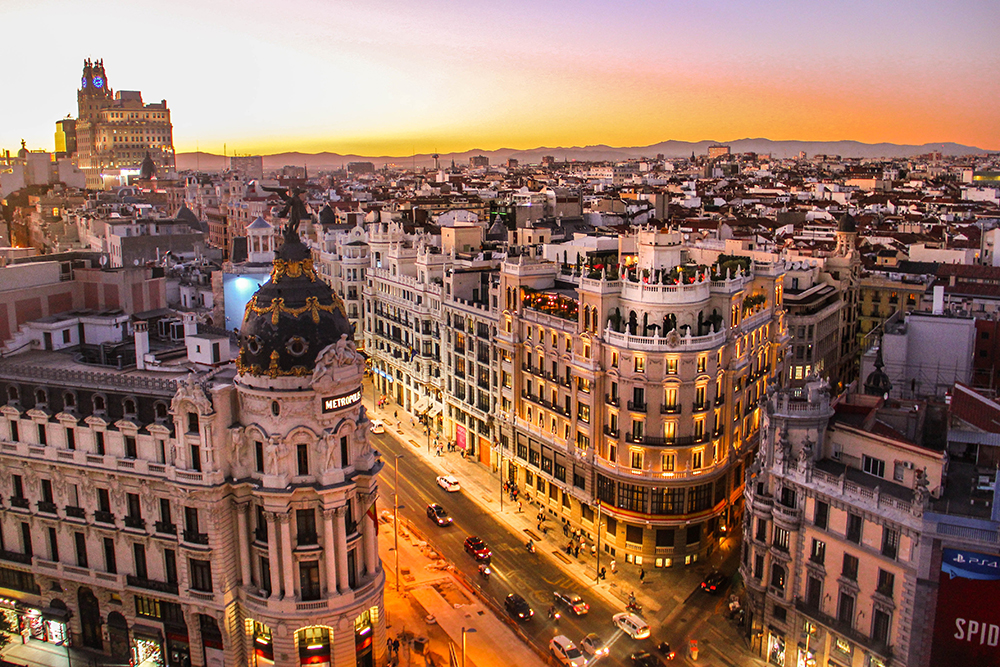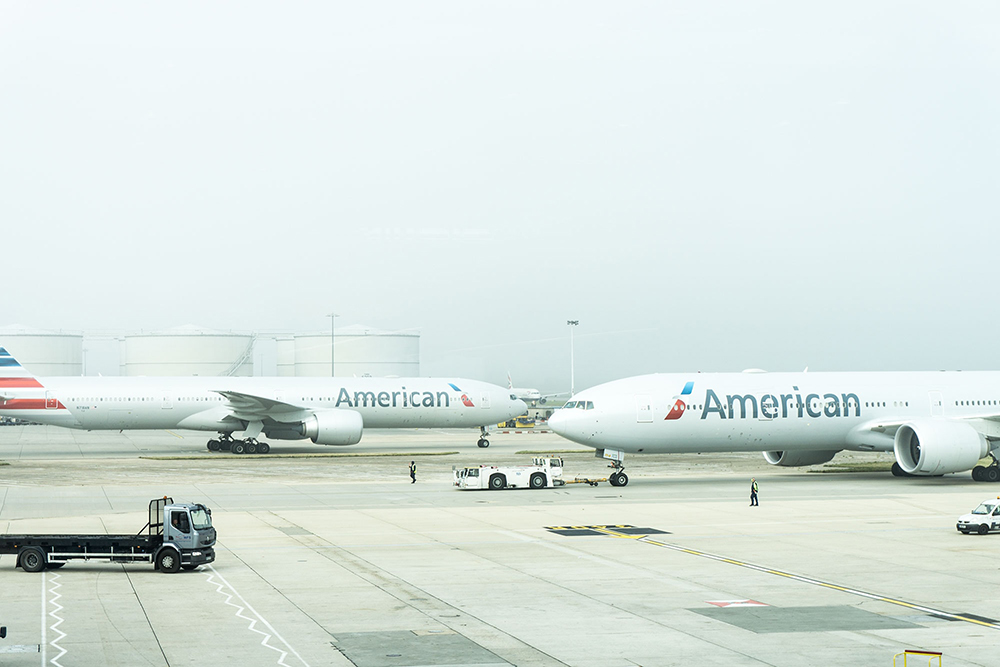
The US finally has a highly effective, safe coronavirus vaccine to use.
The US Food and Drug Administration granted Pfizer’s COVID-19 vaccine an emergency use authorization on Friday. The shot could go into the arms of some of the most vulnerable people in the country, healthcare workers and nursing home residents, within days.
On Thursday, Moderna’s vaccine is also up for review, which means by the end of 2020 it’s likely that there will be two highly protective vaccines available to fight the virus in the US.
But don’t roll up your sleeves and ready your arm for a needle just yet. Don’t throw away your face masks, either.
It will still take many more months for healthcare providers to give these new shots to enough members of the general public to make a dent in the pandemic. Here are the key milestones to watch out for.
The FDA granted its first Emergency Use Authorization
Pfizer’s vaccine authorization marks a milestone several months in the making. The company began its global trial in April, then released its final stage of data in November, before getting the FDA’s green light on Friday.
The decision to issue an emergency use authorization came after an FDA advisory committee on Thursday reviewed the safety data submitted by the companies. The committee voted in favor of recommending the shots be approved. The vote is non-binding, and ultimately it’s up to the scientists working inside the FDA to decide whether the vaccines are safe for the general public.
Dr. Peter Marks, who runs the FDA’s Center for Biologics Evaluation and Research, where coronavirus vaccines are reviewed, recently told Business Insider that the process of reviewing Pfizer and Moderna’s applications for Emergency Use Authorization, fast-tracking the shots into clinics, takes “weeks.”
“We have to take the amount of time that we need to take,” Marks said.
Then, ethicists decide who gets the first shots
A health worker administers a trial dose of Sinovac Biotech’s vaccine for COVID-19 to Dr. Cem Gun during third phase trials in Istanbul, on October 9, 2020.
Yasin Akgul/AFP via Getty Images
An advisory group housed at the US Centers for Disease Control and Prevention (CDC) has recommended that healthcare workers and nursing home residents should be first in line for shots. But ultimately, it’s up to each state to decide how to prioritize their most vulnerable populations.
Though there may be some slight variations across the nation, first doses are generally most likely to go to four groups of people: frontline healthcare workers, essential workers, people over 65, and those with preexisting conditions who are more vulnerable to severe COVID-19 infections.
In December and January, roughly 50 million of the most high-priority people across the US are expected to receive vaccinations. The federal government’s Operation Warp Speed hopes to double that number by March, with 100 million Americans vaccinated and protected from disease by then.
By springtime, vaccines could be rolling out to healthy members of the general public
A health care worker holds Pfizer’s coronavirus vaccine candidate, in Ankara, Turkey on October 27, 2020.
Dogukan Keskinkilic/Anadolu Agency via Getty Images
If those federal projections hold, roughly a quarter of the US could be vaccinated by the spring. Then, shots could become more widely available to young, healthy people.
That does not mean that everyone will be able to get their coronavirus shots by April.
“It really is a bit more complicated than that,” Dr. Anthony Fauci told reporters in November, explaining that distribution will “be a graduation over a period of months.”
“By the time we get through December, January, February, March, April, we hopefully will have been able to get to the people who are listed as priority people,” Fauci said. “I would say starting in April, May, June, July, as we get into the late spring and early summer, that people in the so-called general population, who do not have underlying conditions or other designations that would make them priority, could get them.”
He added: “This does not mean that in April everybody who is going to be wanting a vaccine who is not a priority group is going to get it. It means starting at that point, you would likely begin.”
By Memorial Day 2021, many Americans will likely have access to COVID-19 vaccines, but full coverage will require more than one shot each
A volunteer in South Africa receives an injection during the country’s first human clinical trial for a potential vaccine against the novel coronavirus, at Baragwanath Hospital in Soweto, June 24, 2020.
Siphiwe Sibeko/Reuters
By summer 2021, it’s reasonable to expect widespread vaccine access in the US. May 31 — Memorial Day in the US — could be a benchmark moment.
“What I believe is that by Memorial Day, in the US, anybody who wants a vaccine will get a safe and efficacious vaccine,” Moderna CEO Stephane Bancel told Business Insider in November.
There is one catch. Both Moderna and Pfizer’s new vaccines require people to get two shots, administered several weeks apart, in order to be fully protective against the virus. (Moderna’s are administered four weeks apart. For Pfizer’s shots, it’s three weeks in between.)
It’s possible that by summertime, there will be other shots available from drugmakers including AstraZeneca, Johnson & Johnson, and many more.
By the end of 2021, it may be safe to host large gatherings again if enough people get vaccinated
Both Moderna and Pfizer’s new vaccines appear to be very effective. Their reported vaccine efficacy rates, at around 95%, mean that those shots prevent more than nine in ten symptomatic infections when vaccinated people are exposed to the virus.
Those success rates are far better than the annual flu shot, and on par with other highly protective vaccinations which provide herd immunity, like chickenpox, measles, and polio vaccines.
But the process of getting coronavirus vaccines into hundreds of millions of people across the country and around the world, developing herd immunity to the coronavirus through widespread vaccination, is likely to take many, many months.
“The moment you get a vaccine doesn’t mean you’re going to put your mask in the trash,” Maria Elena Bottazzi, a vaccine developer at Baylor College of Medicine, recently told Business Insider.
Fauci told the New York Times in November that “at least 75%, hopefully close to 80, 85%” of the country would need to be vaccinated by fall 2021 in order to get “close to some degree of normality.”
“What I would like to see is the overwhelming majority of people get vaccinated so we can, essentially, really crush this outbreak,” he said. “This is going to be a difficult task.”
Fauci also recently told Insider that it’s probably safer to wait until 2022 to schedule big weddings, birthdays, and other celebrations where crowds will congregate.
Getting “most everybody in the population” vaccinated against the coronavirus in the US “could be accomplished by the end of 2021,” he said.
Andrew Dunn and Aria Bendix contributed reporting.
Loading
Something is loading.

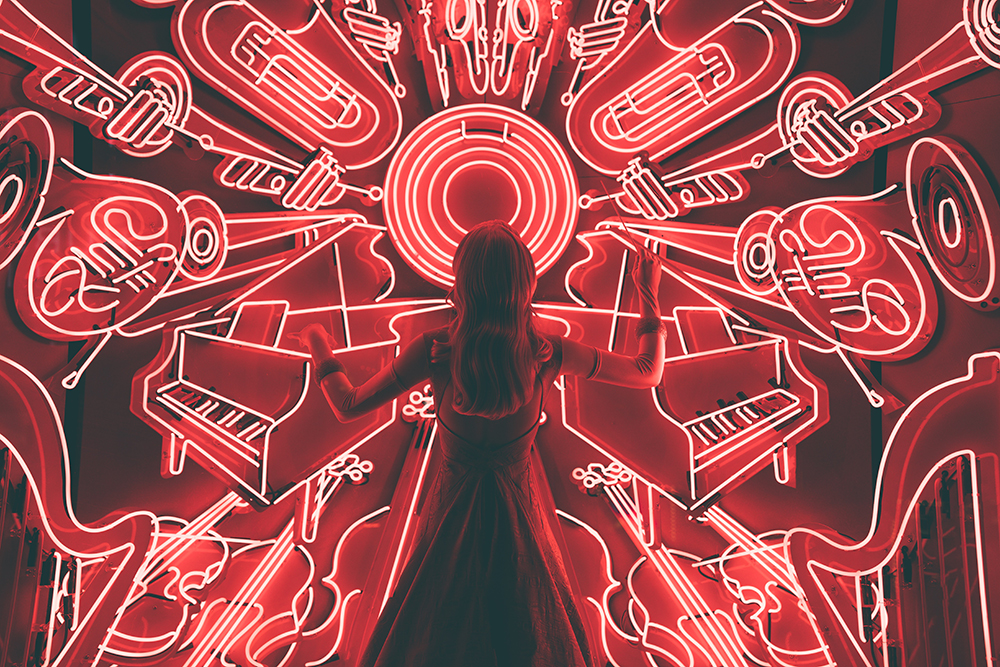 Subscribe to The Daily Telegraph to get unrestricted digital access, home paper delivery, Apps for iPad and Android, member only +Rewards and much more…
Subscribe to The Daily Telegraph to get unrestricted digital access, home paper delivery, Apps for iPad and Android, member only +Rewards and much more…  Do you compost or buy second hand?
Do you compost or buy second hand? 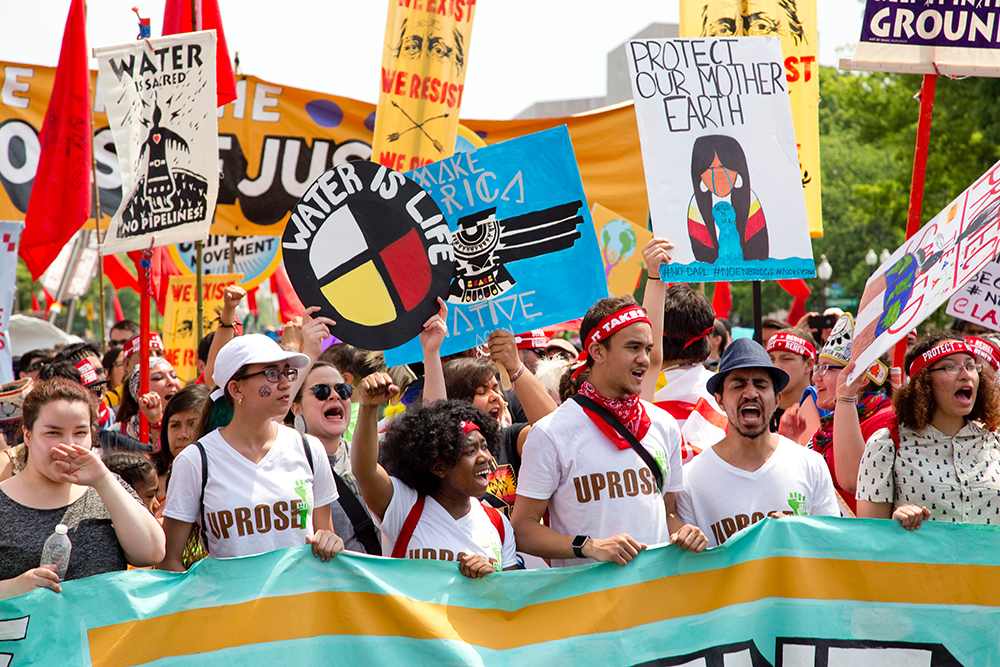 The Newsreader review: Exhilirating Australian prestige drama
The Newsreader review: Exhilirating Australian prestige drama 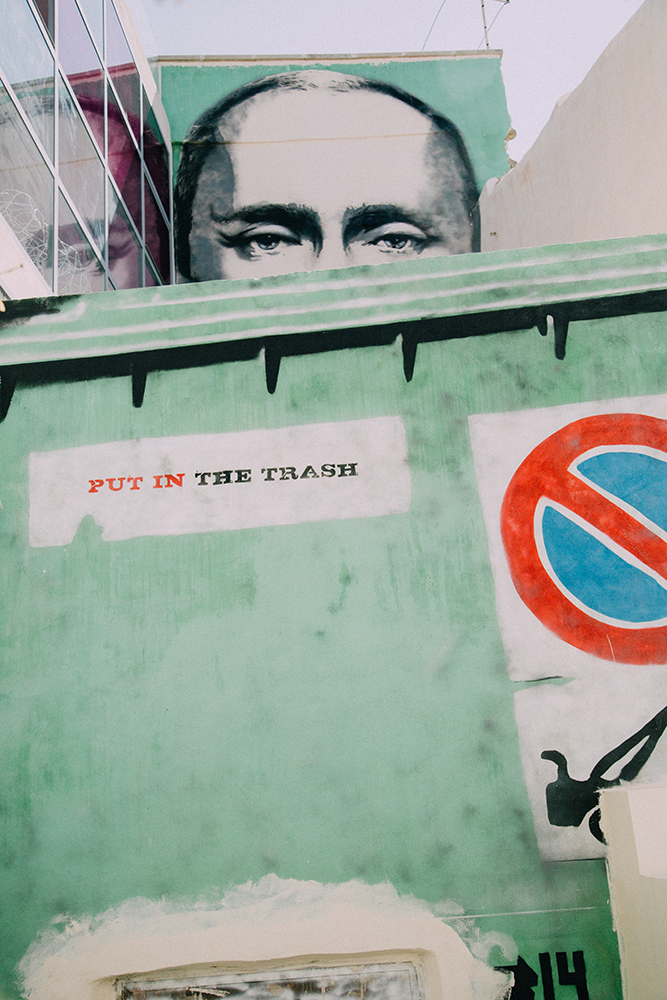 Local shares fell on Friday as investors make last-minute adjustments to their portfolios ahead of the main index’s rebalancing, while unease over rising infections grows.
Local shares fell on Friday as investors make last-minute adjustments to their portfolios ahead of the main index’s rebalancing, while unease over rising infections grows. 
